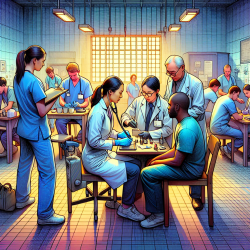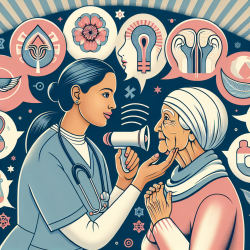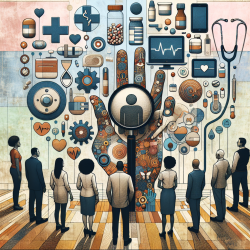Introduction
In recent years, student-run asylum clinics have emerged as vital players in the U.S. asylum process. These clinics, often affiliated with medical schools, conduct forensic evaluations that provide critical evidence for asylum seekers. A recent study titled "Evaluating the Impact of Student-run Asylum Clinics in the US from 2016–2018" sheds light on the growth and effectiveness of these clinics.
The Growth of Student-Run Asylum Clinics
The study highlights a significant increase in the number of forensic evaluations conducted by student-run clinics. From 2016 to 2017, these clinics completed 38.8% more evaluations, showcasing their expanding capacity. This growth is crucial as the backlog of immigration cases in the U.S. continues to rise, exceeding one million in recent years.
Clinics like the Weill Cornell Center for Human Rights (WCCHR) have played a pivotal role. Since its inception in 2010, WCCHR has trained hundreds of clinicians and students, significantly increasing their capacity to perform evaluations.
Training and Impact
The training provided by these clinics is not just about numbers; it's about impact. In 2017, the number of clinicians trained by student-run clinics increased nearly fourfold compared to 2016. This surge in training equips more medical professionals to perform crucial forensic evaluations, thereby supporting asylum seekers' claims.
Forensic evaluations are instrumental in asylum proceedings. The study reveals that asylum seekers who received evaluations from these clinics had a significantly higher chance of being granted asylum compared to those who did not. This underscores the importance of medical evidence in supporting claims of persecution.
Challenges and Opportunities
Despite their success, student-run asylum clinics face challenges, including staffing shortages and the need for more trained clinicians. However, these challenges also present opportunities for growth and collaboration. The Physicians for Human Rights National Student Advisory Board is actively working to support these clinics by providing resources and guidance.
Moreover, the clinics are adapting to changes in asylum law and policy, ensuring they continue to provide essential services to those in need. By connecting asylum seekers with legal, medical, and social services, these clinics serve as comprehensive support systems.
Conclusion
The impact of student-run asylum clinics is undeniable. They are not only expanding access to forensic evaluations but also playing a crucial role in the broader human rights landscape. As these clinics continue to grow, they offer a model for how medical professionals can contribute to social justice.
For practitioners looking to improve their skills or engage in further research, this study provides a wealth of insights. By understanding the successes and challenges of these clinics, practitioners can better support asylum seekers and advocate for human rights.
To read the original research paper, please follow this link: Evaluating the Impact of Student-run Asylum Clinics in the US from 2016–2018.










